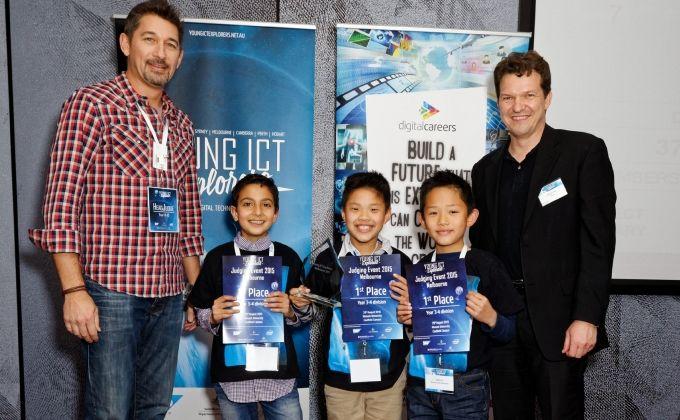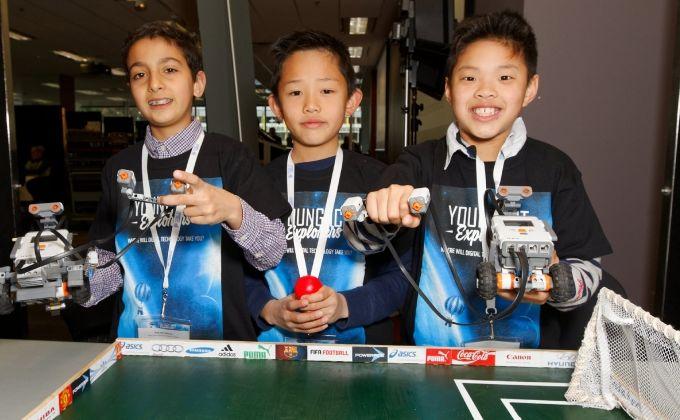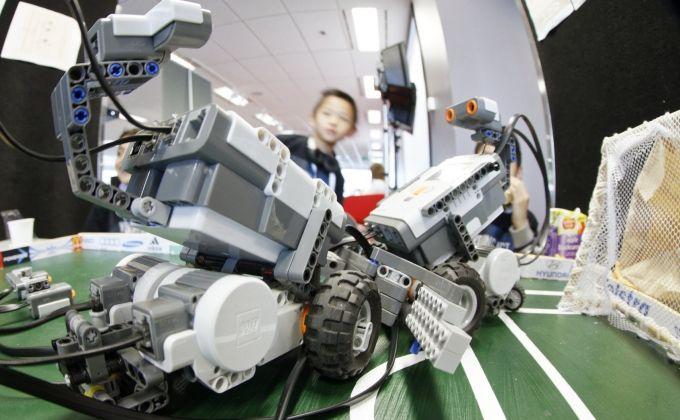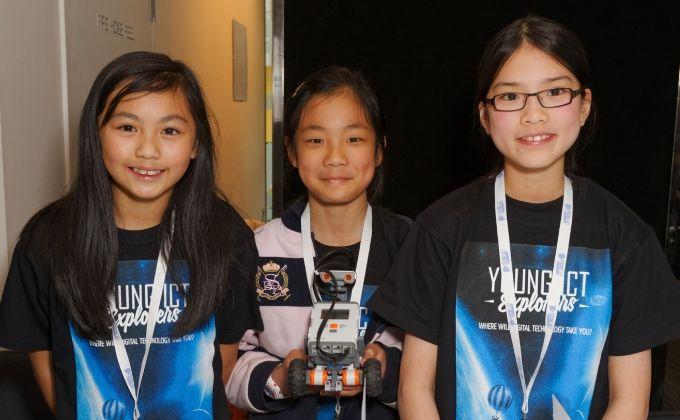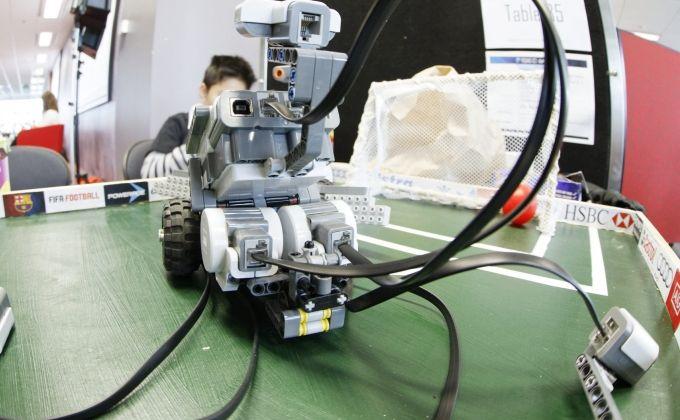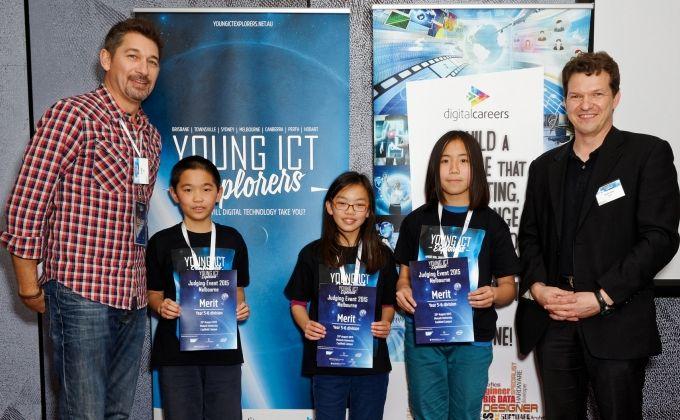Makey Makey - Students in Year 3 made instruments in their Makerspace lessons and then we used Makey Makey kits to turn them into computer generated instruments.

Students are introduced to ICT tools which they can take back to their classrooms to enable more powerful learning. We also foster their creativity and thinking skills by presenting them with problems to solve with technology.
Students are introduced to computer programming through game development software such as Kodu Game Lab and through robotics programming with Lego Mindstorms. We also teach basic programming with Scratch, Javascript and other programs and assist them with participation in the National Computer Science School programming challenge (NCSS). The NCSS helps beginners to learn to program with Python by solving problems.
3D Printing allows us to complement the Technology program and foster our students' creativity and design skills. Students are presented with a design brief. They model their design on 3D CAD software and manufacture their models by printing them in ABS plastic.
Rationale
The Digital Technologies curriculum enables students to become confident and creative developers of digital solutions through the application of information systems and specific ways of thinking about problem solving.
Students acquire a deep knowledge and understanding of digital systems, data and information and the processes associated with creating digital solutions so they can take up an active role in meeting current and future needs.
The curriculum has been designed to provide practical opportunities for students to explore the capacity of information systems to systematically and innovatively transform data into digital solutions through the application of computational, design and systems thinking.
The curriculum also encourages students to be discerning decision makers by considering different ways of managing the interactions between digital systems, people, data and processes (information systems) and weighing up the possible benefits and potential risks for society and the environment.
Aims
The Digital Technologies curriculum aims to ensure that students can:
- design, create, manage and evaluate sustainable and innovative digital solutions to meet and redefine current and future needs
- use computational thinking and the key concepts of abstraction; data collection, representation and interpretation; specification, algorithms and development to create digital solutions
- apply systems thinking to monitor, analyse, predict and shape the interactions within and between information systems and the impact of these systems on individuals, societies, economies and environments
- confidently use digital systems to efficiently and effectively automate the transformation of data into information and to creatively communicate ideas in a range of settings
- apply protocols and legal practices that support safe, ethical and respectful communications and collaboration with known and unknown audiences.

